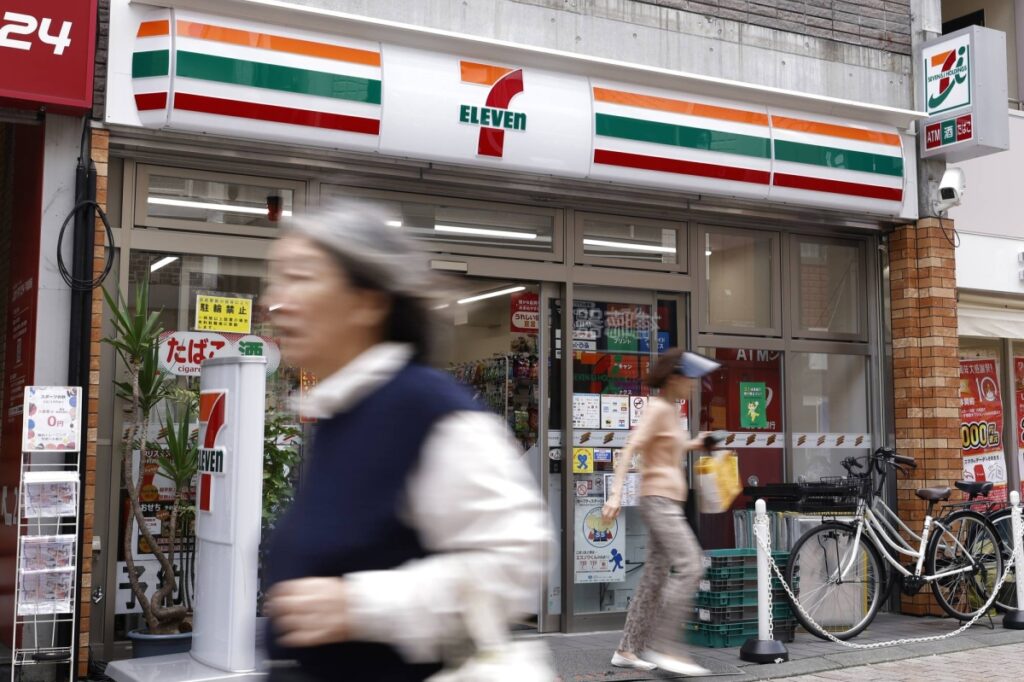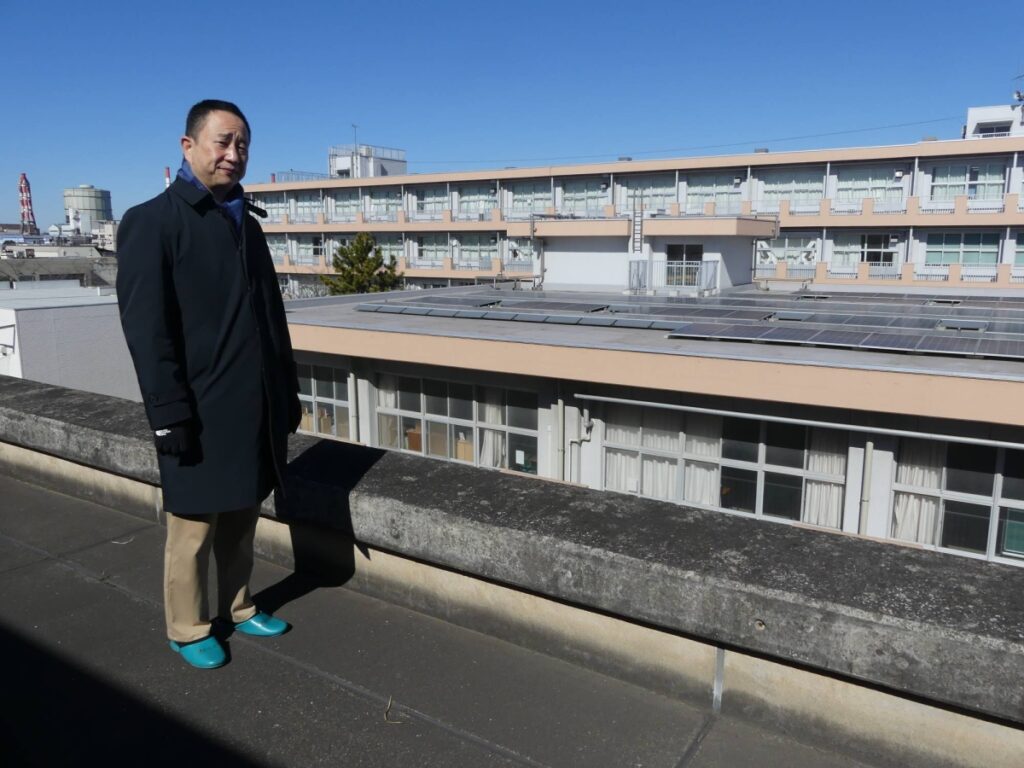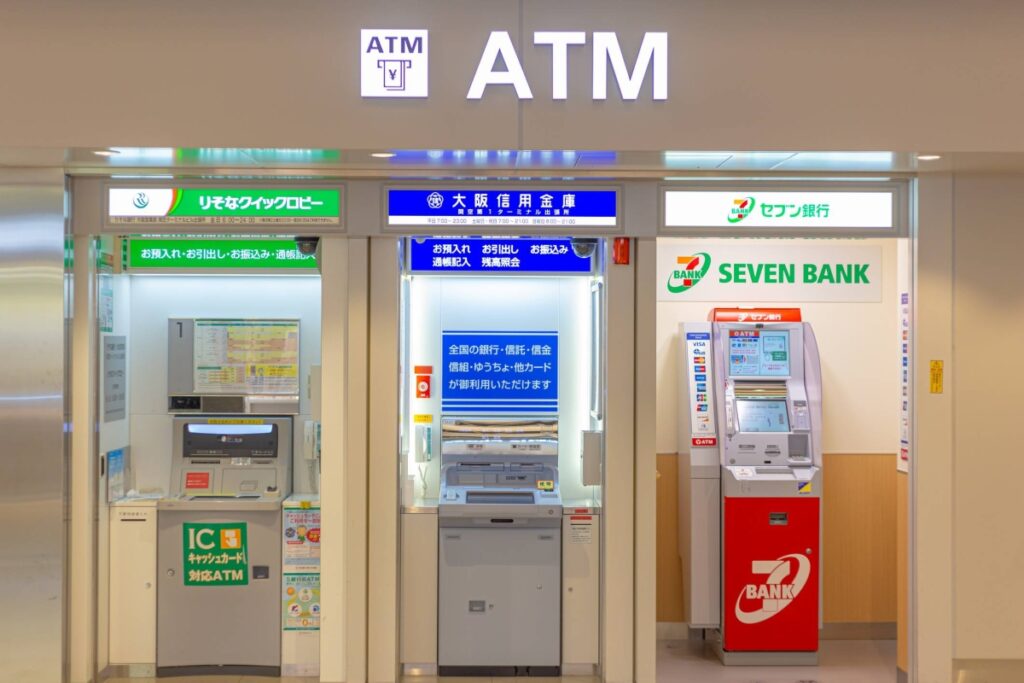The city of Chiba, home to nearly 1 million people, made headlines last August when it announced that it would achieve net zero carbon dioxide emissions at all of the roughly 750 facilities it owns by March 2027 — four years ahead of schedule. An Environment Ministry program that funds regional decarbonization leaders has helped put Chiba on course for that feat, which would make the city something of a green outlier in what is otherwise Japan’s most polluting prefecture in terms of CO2 emissions. And therein arguably lies the rub: The ministry’s decarbonizing initiative only covers the “civilian sectors,” namely the residential and service sectors, and excludes other areas that emit far more greenhouse gases, such as manufacturing and transport. Civilian sectors account for about 22% of the city of Chiba’s total emissions, and even then the initiative only covers a small fraction of those. As Chiba and 80 other municipalities are held up as the nation’s “decarbonization leading areas,” the Environment Ministry’s program shows both the potential for local areas to accelerate Japan’s clean energy transition, as well as the limitations and challenges of building locally driven, carbon-free energy models that aren’t necessarily backed with complementary national policies. Self-sufficiency To be selected for this program, municipalities submit proposals to the Environment Ministry, and if they are accepted, they can have two-thirds of their project costs covered by grants, which amount to a maximum of ¥5 billion ($33.5 million) over five years. By achieving net-zero carbon emissions by 2030, 20 years ahead of the national goal, these areas are expected to create a domino effect by showing the path forward to other communities. Rooftop solar panels on Soga Elementary School in the city of Chiba | TOMOKO OTAKE Local municipalities’ interest is high, and consequently so is the competition. Out of 287 proposals, 81 projects have been chosen through five rounds of screenings so far. The ministry plans to adopt at least 100 proposals in total. Chiba decided to apply in 2022 because it wanted to improve disaster resilience and achieve decarbonization at the same time, says Hidetaka Ishii, a city official in charge of decarbonization promotion. Energy self-sufficiency became an urgent matter for Chiba after it experienced extensive power outages due to two typhoons and a heavy rainstorm in September and October 2019, he says. The storms knocked over hundreds of utility polls in the city, leaving 94,600 households without power for up to 20 days amid extreme heat. They also caused 98 landslides, inundated 124 homes and killed three people. “We hadn’t taken noteworthy measures (on energy) before these disasters,” Ishii says. “But by January the following year, we came up with a comprehensive antidisaster policy package that put energy resilience at the fore.” Over three years from April 2020, with help from separate funding from the ministry, the city has installed solar panels on the roofs of 128 schools and 12 community centers. These places were given priority as they serve as evacuation shelters in times of disaster. Chiba’s bid to become a decarbonization leader is an extension of this drive. The city, the first municipality in Chiba Prefecture to be selected for the program, has established three decarbonization areas, aiming to serve as a model for other municipalities. Soga Elementary School Principal Shinobu Yasui stands next to a monitor partially showing the amount of solar power generated on a real-time basis. A more advanced monitoring system is used now that all solar panels have been installed. | TOMOKO OTAKE To rapidly expand solar, Chiba has turned to what are known as power purchase agreements (PPAs), a relatively new model in Japan where an energy consumer lets an energy provider set up renewable energy systems on its premises, such as on rooftops, parking lots or unused land. The provider retains ownership and is responsible for maintenance, while the consumer agrees to buy the electricity generated at a predetermined rate, usually lower than grid electricity prices. This approach spares energy consumers from the high upfront costs associated with installing renewable energy systems. Currently, the city’s 750 public facilities source 9% of their electricity from solar power and the rest from the grid. By March 2027, they will all go carbon-free, by meeting half of their energy needs through on-site solar PPAs and “self-consignment,” under which power produced at a waste incineration plant, farms equipped with solar panels and floating solar panels across the city will be delivered via the grid to the consumption sites. The city plans to procure the remaining power needed at the facilities by buying electricity derived from renewable sources. Chiba will also connect the 750 facilities through an “area energy management system” being developed together with Tokyo Electric Power Co. Holdings (Tepco), so that excess energy can be shared within the network. Through these efforts, the city expects to reduce annual CO2 emissions by 68,000 tons, equivalent to the yearly emissions of 26,000 households, while saving ¥500 million per year in electricity costs. Combined with other efforts, the program will lead to emissions cuts of 138,000 tons per year, according to the city. That compares with the city’s civilian sector emissions totaling 2.76 million tons, and 12.92 million tons for the entire city. “The idea is to use a mix of existing technologies to boost (the renewable energy generation) potential of the community,” Ishii says. Chiba’s efforts impressed the Japan subsidiary of Mercedez-Benz to the extent that it moved its head office to the city from Tokyo’s Shinagawa Ward last year. The German automaker is undergoing a sweeping transition to electric vehicles as it seeks a carbon-neutral supply chain by 2039, with the move seen as aiding these efforts. Solar panels installed over rice fields in the city of Chiba | COURTESY OF CHIBA MUNICIPAL GOVERNMENT In January, Environment Minister Keiichiro Asao also visited the city, along with the city of Sosa in the eastern part of the prefecture — another municipality selected as a decarbonization leader. “The measures (by the city









